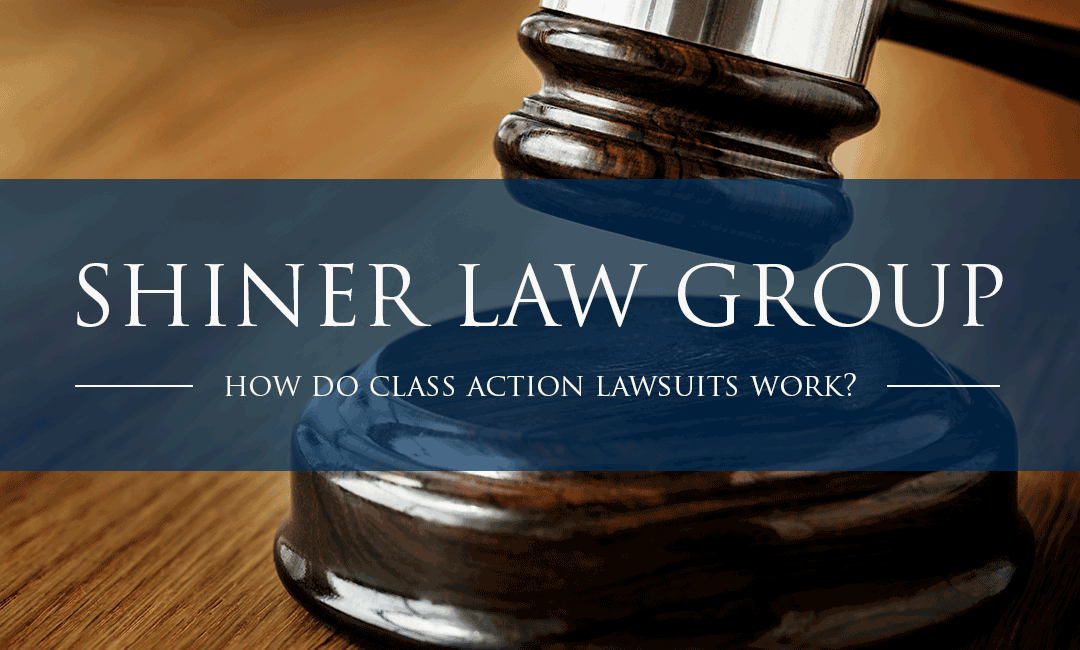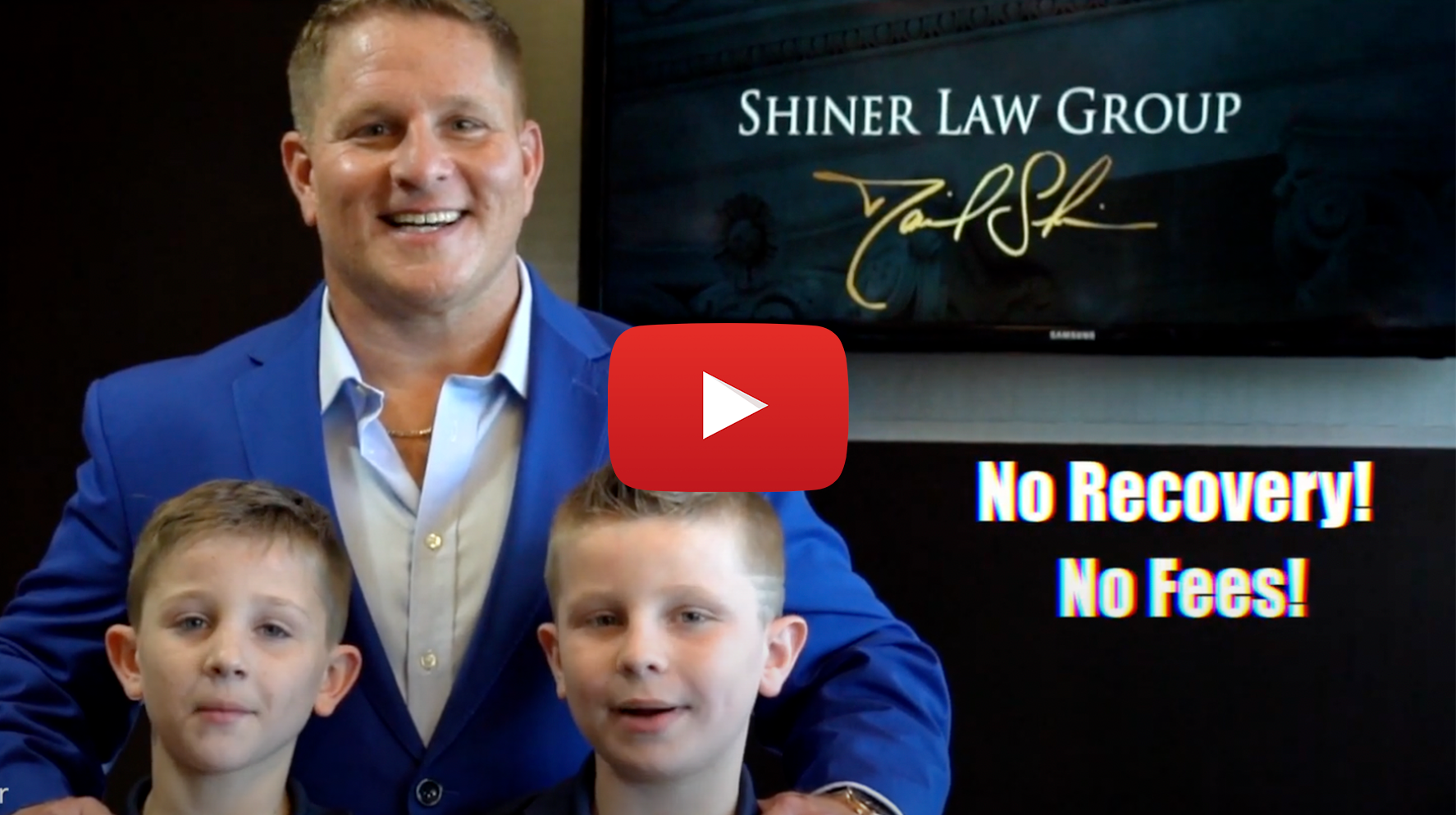Claimants who have suffered economic or non-economic injuries by a corporation’s reckless behavior can obtain legal relief through a class action lawsuit. While the damages awarded in this type of litigation may be relatively small depending on the individual case, your attorney can help you secure the results you deserve.
If you or your loved one has been injured by a corporation’s negligence, contact the experienced attorneys at the Shiner Law Group to discuss the details of your case in a free consultation. Our law firm provides sound legal solutions on a contingency fee basis, which means you pay us nothing unless we get you a recovery. When life happens, we’re here to help.

Table Of Contents
Parties Involved in a Class Action Lawsuit
In conducting a thorough case evaluation, your attorney will determine if any other parties have been injured in a similar incident, if there are similar cases pending, and if the claim may proceed given the state’s statute of limitations. Your attorney can also identify the appropriate defendant(s) and whether your case will succeed as an individual claim or in a class action setting.
The individual filing the suit will be named the lead plaintiff, and those affected by the incident are referred to as class members. When it has been determined that a class action lawsuit is necessary, the lead plaintiff’s attorney will submit the complaint outlining the economic and non-economic damages being sought.
Class Action Lawsuit Designation
After the attorney files for a class action lawsuit, the presiding judge will determine if the lawsuit should be classified as a class action lawsuit, otherwise known as a class certification. When this designation has been obtained, the attorney will begin the discovery phase by submitting a request for documents and gathering eyewitness testimonies.
When a class action lawsuit is initiated, a Florida judge will require the case representative, typically via their legal counsel, to inform all possible parties who may be affected by the outcome of the claim of their ability to “opt-in,” or join the legal action.
Class action lawsuits expeditiously resolve matters that would otherwise exhaust time and resources; however, since several claims are consolidated into a single case, the judge’s ruling will prevent the individual claimants from filing a lawsuit against the same defendant for the same injuries.
Trial Phase
While many class action lawsuits settle outside of court, wherein a fund may be created to fairly compensate class members, cases may be tried before a jury. The lead plaintiff, as well as other class members, are asked to substantiate the basis for the claim. If the plaintiff and defendant are unable to reach a fair settlement during the trial process, the jury will choose in favor.
Class Member Notice
Once the lawsuit has been settled, the attorneys involved in the case will inform class members of the settlement and of their right to opt out of the case. Class members that fail to collect their compensation may have their awarded damages be given back to the defendant, distributed among class members, or donated to a charity or non-profit organization.
Speak with a Shiner Law Group Personal Injury Lawyer
Have you or someone you love been injured because of the negligent, reckless, or intentional conduct of another? Call us at (561) 777-7700 or contact us online for a free case review.

